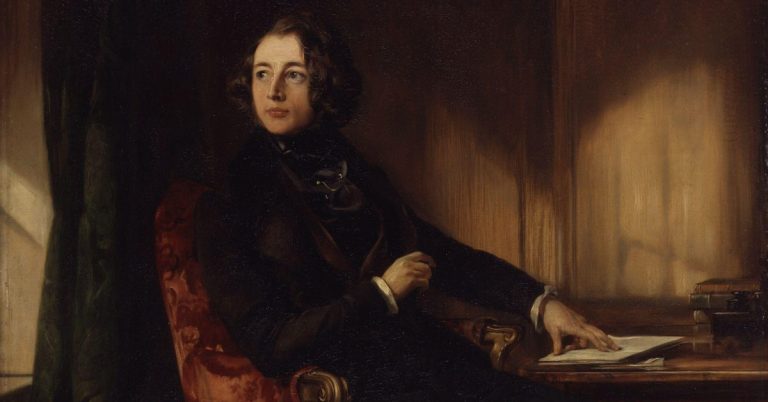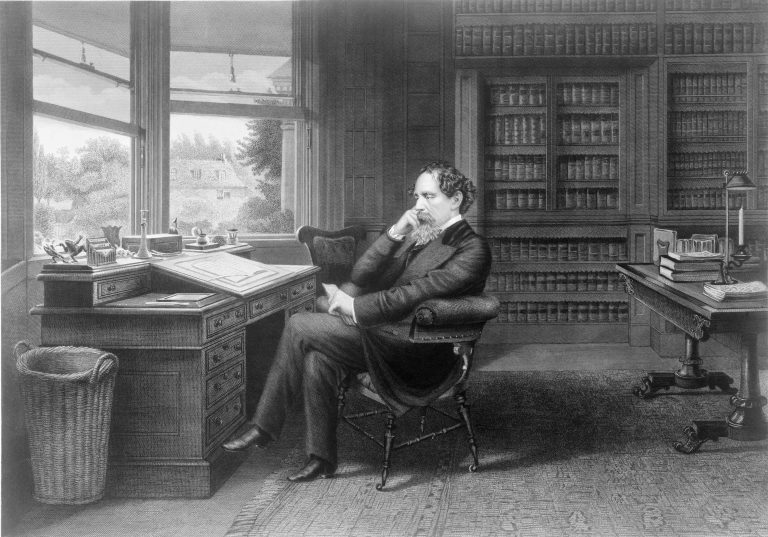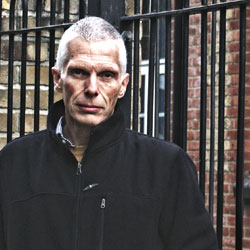
-
Ten everyday lessons
Read more: Ten everyday lessonsChantelle Gray offers a vivid tribute to Deleuze and Guattari’s radical becomings, calling for creative resistance and world-making.


Chantelle Gray offers a vivid tribute to Deleuze and Guattari’s radical becomings, calling for creative resistance and world-making.

The editors of The Plays of Charles Dickens discuss five arguments in defense of Dickens's dramatic works.

I came to crime fiction studies through the back door. Like many people, I grew up reading mysteries. Franklin W. Dixon’s Hardy Boys series was an early favourite – I coveted the small blue hardcovers with a greedy passion, and…

by Pablo Ruano Delving into characters’ minds is not Dickens’s strong suit. On the contrary, Dickens’s figures are best known for their simplicity, being frequently characterized by a repeated use of either a striking phrase that dominates their speech (such…

By Julian Wolfreys This ‘valedictory’ editorial appears on the EUP Blog in two parts and is published in Volume 7 of Victoriographies, a journal of Victorian writing in the long 19th century, 1790-1914. <Read Part One The point of this…

By Julian Wolfreys This ‘valedictory’ editorial (on the significance of Victorian) appears on the EUP Blog in two parts and is published in Victoriographies Volume 7. People soak up time like sponges. They steep themselves in it, amass it…